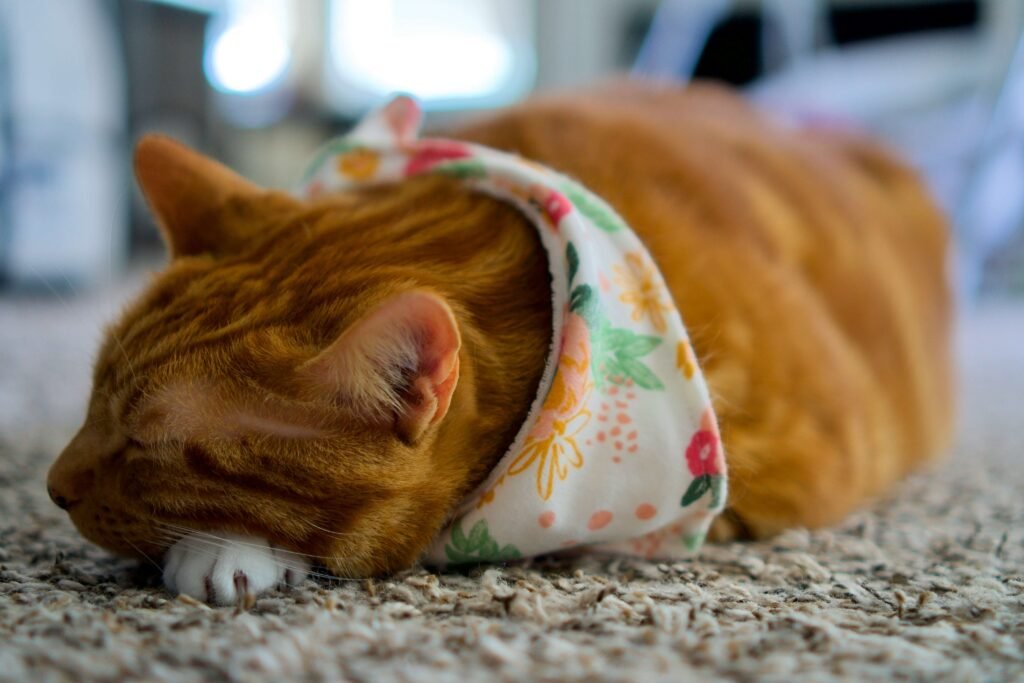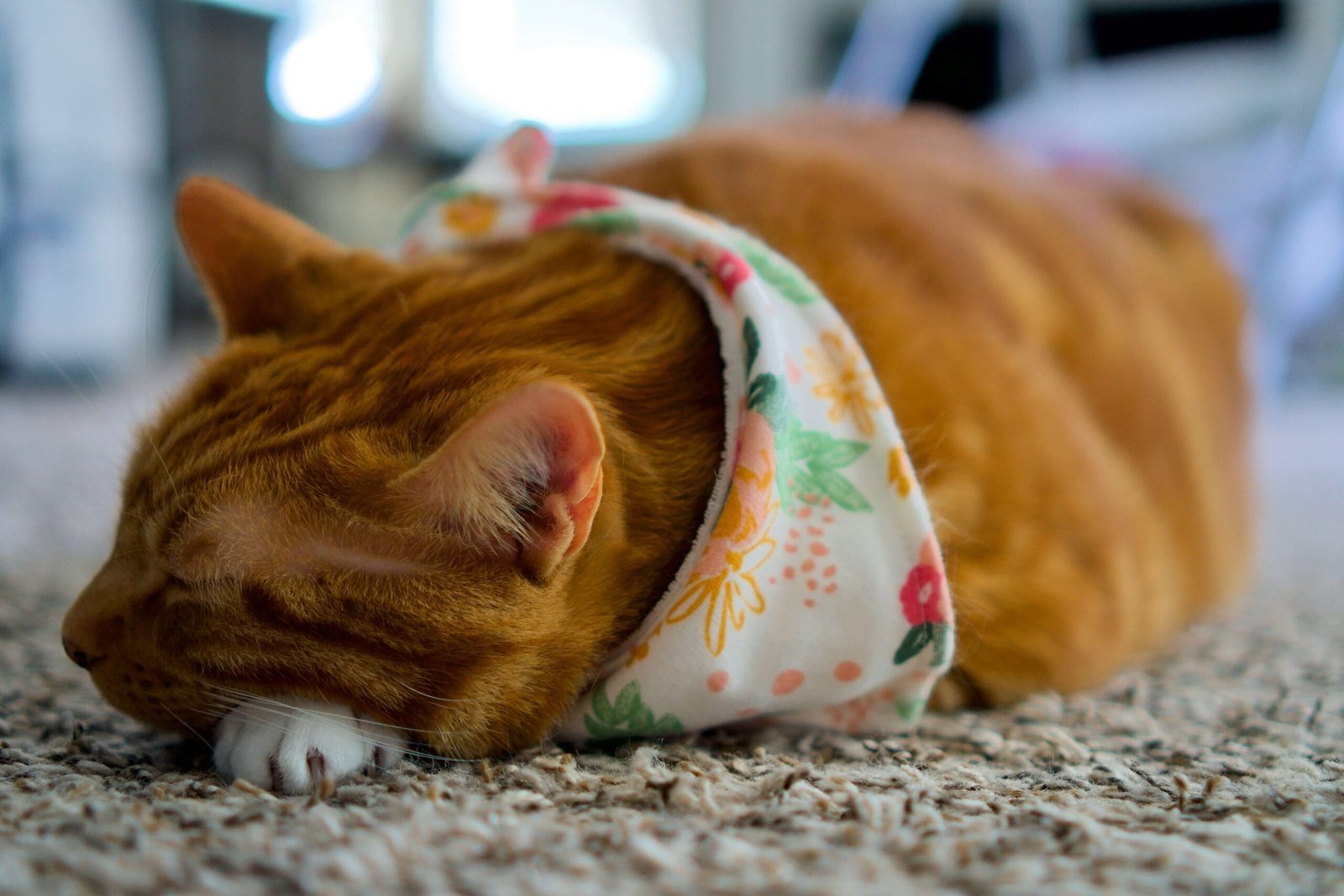How to Change Cat Litter: A Complete Guide for Happy Cats and Happy Homes
Caring for a feline companion is a rewarding experience, but it comes with responsibilities—like maintaining a clean litter box. Changing cat litter might not be the most glamorous task, but it’s essential for your cat’s health and your home’s hygiene. Whether you’re a seasoned cat parent or a newbie, this guide will walk you through everything you need to know about how to change cat litter effectively. With the right tools, techniques, and mindset, you can make this chore quick, easy, and stress-free—for both you and your furry friend.
Why Changing Cat Litter Matters
Maintaining a clean litter box is more than just a household chore—it’s a vital part of your cat’s well-being. Here are some key reasons why changing cat litter regularly is so important:
A clean litter box prevents unpleasant odors from lingering in your home.
Regular cleaning reduces the risk of bacterial infections that could harm your cat’s health.
Cats are naturally clean animals, and a dirty litter box may cause them to avoid using it altogether.
A fresh litter box helps prevent behavioral issues, such as spraying or accidents outside the box.
Consistent litter maintenance keeps your home hygienic and welcoming for guests.
In short, keeping your cat’s litter box clean isn’t just about aesthetics—it’s about fostering a healthy environment for your pet and your family.
Essential Tools and Supplies You’ll Need
Before diving into the process of changing cat litter, it’s important to gather the right tools and supplies. Having everything ready will make the task smoother and more efficient. Here’s what you’ll need:
A sturdy litter scoop for removing clumps and waste.
Disposable gloves to keep your hands clean and protected.
A trash bag or dedicated waste container for disposing of used litter.
Fresh cat litter to refill the box after cleaning.
A mild, pet-safe cleaner for sanitizing the litter box.
With these items on hand, you’ll be well-prepared to tackle the task of changing cat litter without any hiccups.
Check this guide 👉Types of Cat Litter: Best 7 Expert Tips!
Check this guide 👉Banishing the Cat Litter Smell: Best 7 Expert Tips!
Check this guide 👉The Best Vacuum for Cat Litter: Best 7 Expet Tips!

Step | Description |
|---|---|
Empty the Litter Box | Remove all used litter and dispose of it properly. |
Clean the Box | Wash the litter box with warm water and mild soap. |
Dry Thoroughly | Ensure the box is completely dry before refilling. |
Add Fresh Litter | Pour in enough fresh litter to cover the base evenly. |
Place It Back | Return the clean litter box to its designated spot. |
Step-by-Step Guide to Changing Cat Litter
Now that you’re equipped with the necessary tools, let’s dive into the step-by-step process of changing cat litter. Follow these instructions for a hassle-free experience:
Start by scooping out any clumps or waste from the litter box.
Dispose of the used litter in a sealed trash bag to minimize odors.
Empty the remaining litter completely if it’s time for a full change.
Wash the litter box with warm water and a pet-safe cleaner to remove stains and odors.
Rinse thoroughly and let the box air dry or use a clean towel to speed up the process.
By following these steps, you’ll ensure your cat’s litter box is always fresh and inviting.
Tips for Maintaining a Fresh Litter Box
Changing cat litter is just one part of the equation—maintaining cleanliness requires ongoing effort. Here are some tips to keep your cat’s litter box fresh and odor-free:
Scoop the litter box daily to remove waste and prevent buildup.
Replace the litter entirely at least once a week, depending on usage.
Use odor-neutralizing additives like baking soda to combat smells.
Place the litter box in a quiet, accessible location away from food and water bowls.
Consider switching to a self-cleaning litter box for added convenience.
These simple practices will help you maintain a pleasant environment for your cat and your household.
Benefits of Using Natural Cat Litter
Switching to natural cat litter can be a game-changer for both your cat and the environment. Made from materials like corn, wheat, or recycled paper, natural litters offer several advantages over traditional clay-based options. Here’s why you might consider making the switch:
Natural litters are biodegradable, reducing your environmental footprint.
They often produce less dust, which is better for cats and humans with respiratory issues.
Many natural litters are free from harsh chemicals or synthetic fragrances.
Some options are flushable, making disposal more convenient.
Natural litters are typically softer on your cat’s paws, enhancing their comfort.
By choosing natural cat litter, you’re not only supporting eco-friendly practices but also prioritizing your pet’s health and well-being.
Common Mistakes to Avoid When Changing Cat Litter
Even experienced cat owners can make mistakes when it comes to changing cat litter. These errors can lead to unpleasant odors, hygiene issues, or even behavioral problems in your cat. Here’s what to watch out for:
Neglecting to clean the litter box thoroughly before refilling it.
Using scented cleaners that may irritate your cat’s sensitive nose.
Overfilling the box with too much fresh litter, which can create a mess.
Placing the litter box in a noisy or high-traffic area, making your cat uncomfortable.
Skipping regular deep cleans, leading to lingering odors and bacteria buildup.
By avoiding these common pitfalls, you can ensure your cat’s litter box remains a clean, inviting space they’ll want to use.
Signs Your Cat Prefers a Different Litter Type
Cats can be particular about their litter preferences, and their behavior often signals whether they’re happy with your choice. If you notice any of the following signs, it might be time to experiment with a new type of litter:
Your cat sniffs the litter box but refuses to use it.
You find your cat eliminating outside the box, such as on carpets or rugs.
Your cat scratches excessively at the litter, trying to cover their waste.
Your cat seems anxious or stressed around the litter box area.
There’s a noticeable increase in accidents despite regular cleaning.
Paying attention to these signs can help you identify the right litter for your cat, ensuring they feel comfortable and content.
Frequently Asked Questions About Changing Cat Litter
How often should I change my cat’s litter?
It depends on the type of litter and your cat’s habits, but generally, you should scoop daily and replace the litter weekly.
What’s the best type of litter to use?
The best litter varies by preference, but clumping, unscented litter is often recommended for odor control and ease of cleaning.
Can I clean the litter box with bleach?
Avoid bleach, as it can be harmful to cats. Stick to mild, pet-safe cleaners instead.
Why does my cat avoid the litter box after I clean it?
Strong cleaning agents or unfamiliar scents may deter your cat. Use minimal cleaning products to avoid this issue.
How do I dispose of used cat litter?
Double-bag the waste and place it in an outdoor trash bin to prevent odors indoors.
Final Thoughts: A Clean Litter Box Equals a Happy Home
Changing cat litter might seem like a mundane task, but it plays a crucial role in your cat’s happiness and your home’s hygiene. By following the tips and steps outlined in this guide, you can make the process efficient and stress-free. Remember, a clean litter box isn’t just about cleanliness—it’s about showing love and care for your furry companion. With regular maintenance and attention to detail, you’ll create a healthy, harmonious environment for both you and your cat.
Can a Cat Die from a Cold? Best 7 Expert Tips! Learn how to identify, treat, and prevent feline colds while understanding when to seek veterinary care for your cat’s health.
Cat Screaming for Food: Best 7 Expert Tips! Discover effective strategies to manage your cat's food-related vocalizations and create a peaceful feeding routine.
Aspiration Pneumonia in Cats: Best 7 Expert Tips! Discover causes, symptoms, and treatment advice to protect your cat’s respiratory health and ensure a speedy recovery.
Hip Dysplasia in Cats: Best 7 Expert Tips! Discover expert advice on managing hip dysplasia in cats, from symptoms and prevention to treatment options for a happier, healthier feline life.





